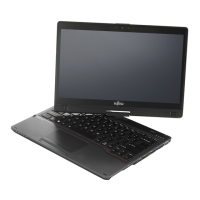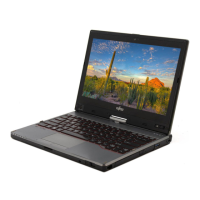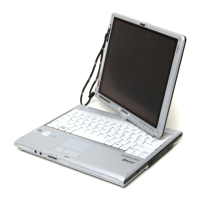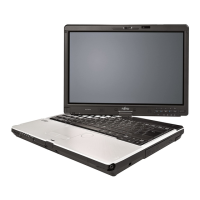Why Fujitsu Lifebook T580 cannot be started?
- KKathleen BarkerAug 20, 2025
If your Fujitsu laptop won't start, there are a few potential causes. Make sure the battery is correctly installed in its compartment. If not, adjust it and try again. The battery might also be completely discharged; in this case, charge it, use a charged battery, or connect the laptop to the mains adapter. Also, verify that the power adapter is properly connected to the laptop.












